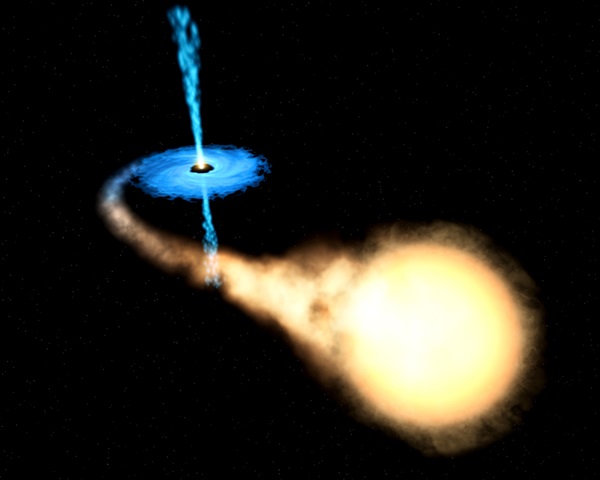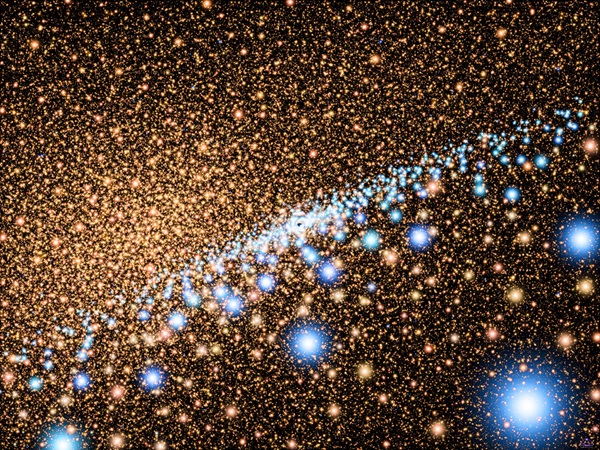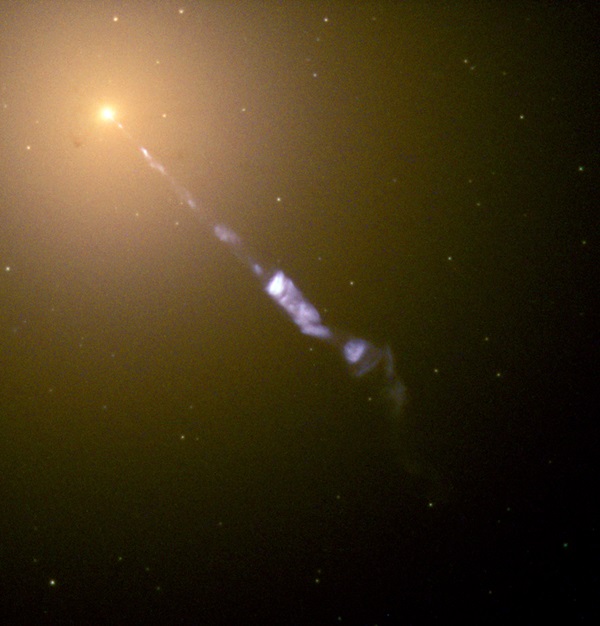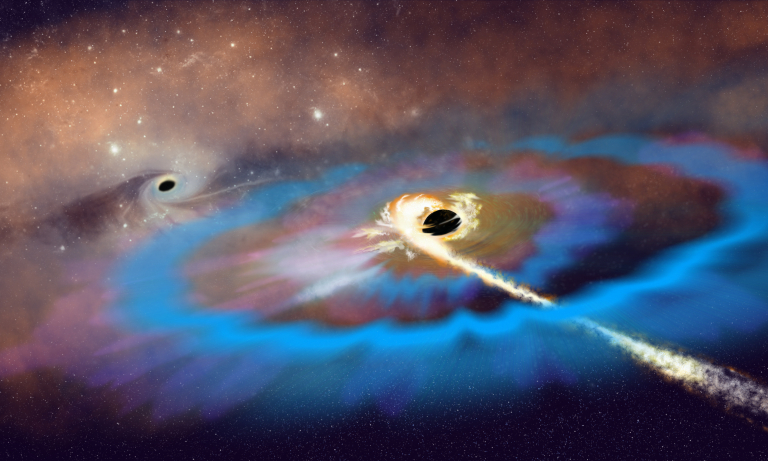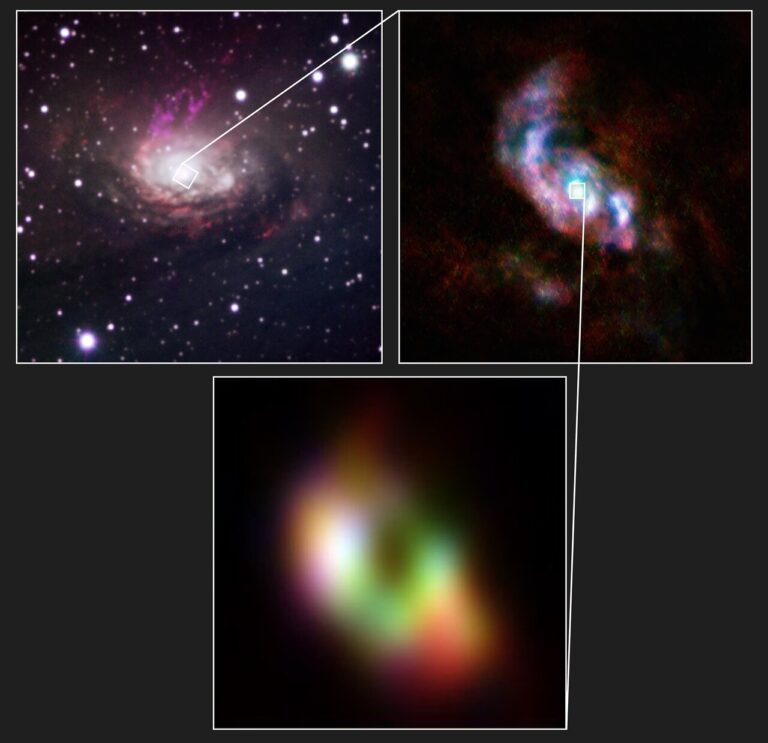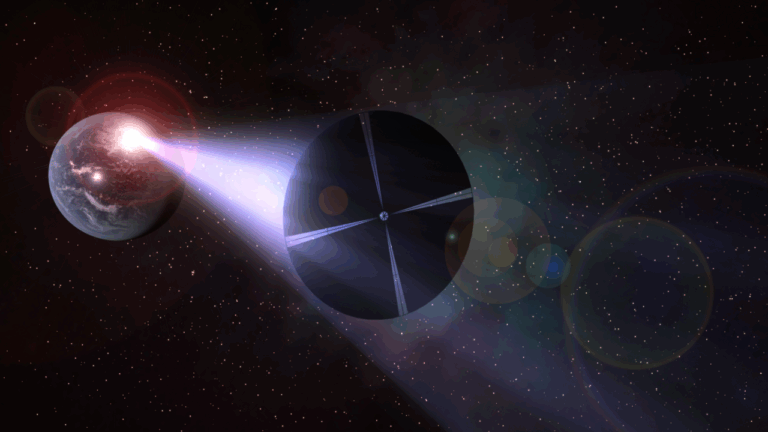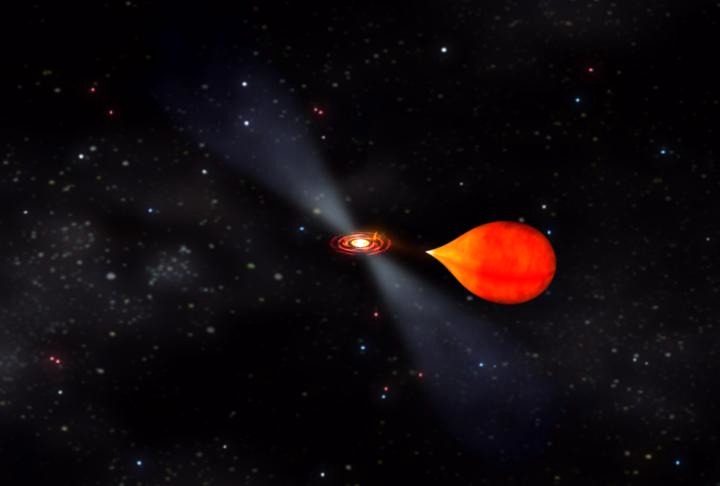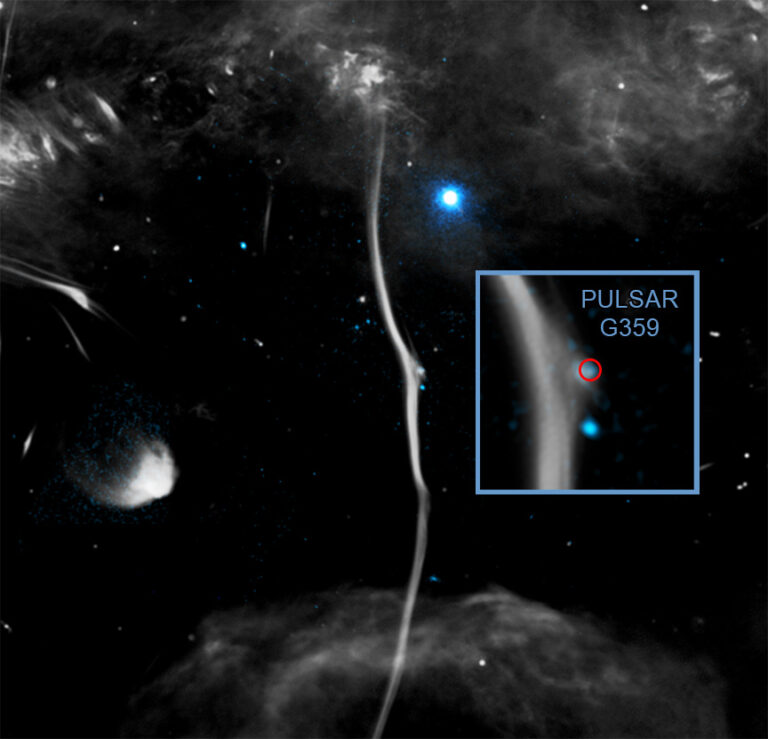Key Takeaways:
- The concept of black holes, defined as regions of space-time where gravity prevents even light from escaping, was first envisioned in the 1780s and theoretically detailed in 1916, achieving broad scientific acceptance from the 1970s.
- Black holes are not directly observable but are detected by their gravitational influence on nearby stars, gas, or dust, with stellar black holes in binary systems often manifesting through X-ray emission from accreting companion material.
- Astronomical research has confirmed the prevalence of two main types: stellar-mass black holes (approximately 10 solar masses) and supermassive black holes (millions to billions of solar masses) located at galactic centers, which observations indicate were more active in the early universe.
- The active phases of some galaxies, characterized by high-energy emissions, are attributed to supermassive black holes consuming surrounding material, potentially indicating a similar evolutionary phase for galaxies like the young Milky Way, while theoretical concepts such as "wormholes" lack observational evidence.
On the heels of Einstein’s general theory of relativity, German theoretical astrophysicist Karl Schwarzschild provided a detailed proposal on the existence of black holes in 1916. The concept of black holes goes all the way back to the 1780s, when John Michell and Pierre Simon Laplace envisioned “dark stars” whose gravity was so strong that not even light could escape. As with many startling ideas, the acceptance of black holes as real objects took a long time.
It wasn’t until astronomers were able to observe lots of galaxies and massive binary star systems in the 1970s and early 1980s that it became obvious black holes must exist. In the 1990s, it became clear to astronomers that black holes not only exist, but are plentiful.
A black hole is a region of space-time affected by such a dense gravitational field that nothing, not even light, can escape it. Consider the escape velocity on Earth: If you could throw a baseball at a velocity of 7 miles per second, you could hurl it into space, overcoming Earth’s gravitational tug. As massive objects are crushed into smaller volumes, their gravitational tug increases dramatically. In a black hole, the escape velocity exceeds 186,000 miles per second — the speed of light — and everything inside the hole is trapped.
So, if black holes are black, how do astronomers know they exist? Not directly visible, black holes must be detected by their effects on nearby stars, gas, or dust. In the Milky Way, many stellar black holes — with masses in the range of about 10 times that of the Sun — exist in binary star systems.
When a massive star dies, it explodes as a supernova. But the core of the exploded star remains behind as either a neutron star or, if it’s heavy enough, a black hole. Black holes become visible when they exist in X-ray binaries, twin star systems in which one of the stars has become a black hole and the other is still there. The black hole shreds or perturbs its companion, the result of which unleashes X-ray energy.
But star-sized black holes aren’t the only type. Research with the Hubble Space Telescope and large ground-based instruments has uncovered several dozen clear-cut cases of supermassive black holes in the centers of galaxies. These are monstrously powerful black holes that contain anywhere from a million to a billion solar masses of material. In fact, the Milky Way holds a relatively modest million-solar-mass black hole. Many hundreds of galaxies are what astronomers call “active,” producing high-energy emission from their cores, and are also suspected of harboring black holes.
As observations of distant galaxies accumulate, it has become clear extragalactic black holes are common in the universe. It may be that black holes formed within all medium- and large-sized galaxies (probably not in the dwarf galaxies, where there’s not sufficient mass) early in the universe.
It’s possible that “seed” black holes even predated the formation of galaxies and stars, which formed around these gravitational wells. In any event, the “active” phases of some galaxies occur when fresh material falls into the central black holes, feeding them and emitting vast amounts of radiation we see with telescopes. Such an idea is akin to a “healthy” galaxy going through a periodic bout of “flu,” which upsets and reconfigures its system.
The idea that black holes are common got a boost in 2001 when the Chandra X-ray Observatory completed a survey of the X-ray sky and found an abundance of supermassive black holes in two “deep fields.” The Chandra data showed that these giant black holes were more active in the past than they are today, fitting the evolutionary picture nicely. The Chandra scientists provided a glimpse of galaxies like the young Milky Way and found them active. Our galaxy was probably active as well before its central black hole consumed most of the material around it and settled down into a quieter life.
In addition to ordinary black holes, theoreticians have proposed “wormholes,” black holes with different degrees of rotation and electric charge. Movies suggest a wormhole could lead to travel through the space-time continuum. But no evidence exists as yet for wormholes, and, besides, the ride would be a little rough. Encountering a black hole of any type, your body (and spacecraft, etc.) would be pulled into a very long line of protons — before getting fried by X-rays and gamma rays — which would make getting anywhere you went a most unpleasant journey.

